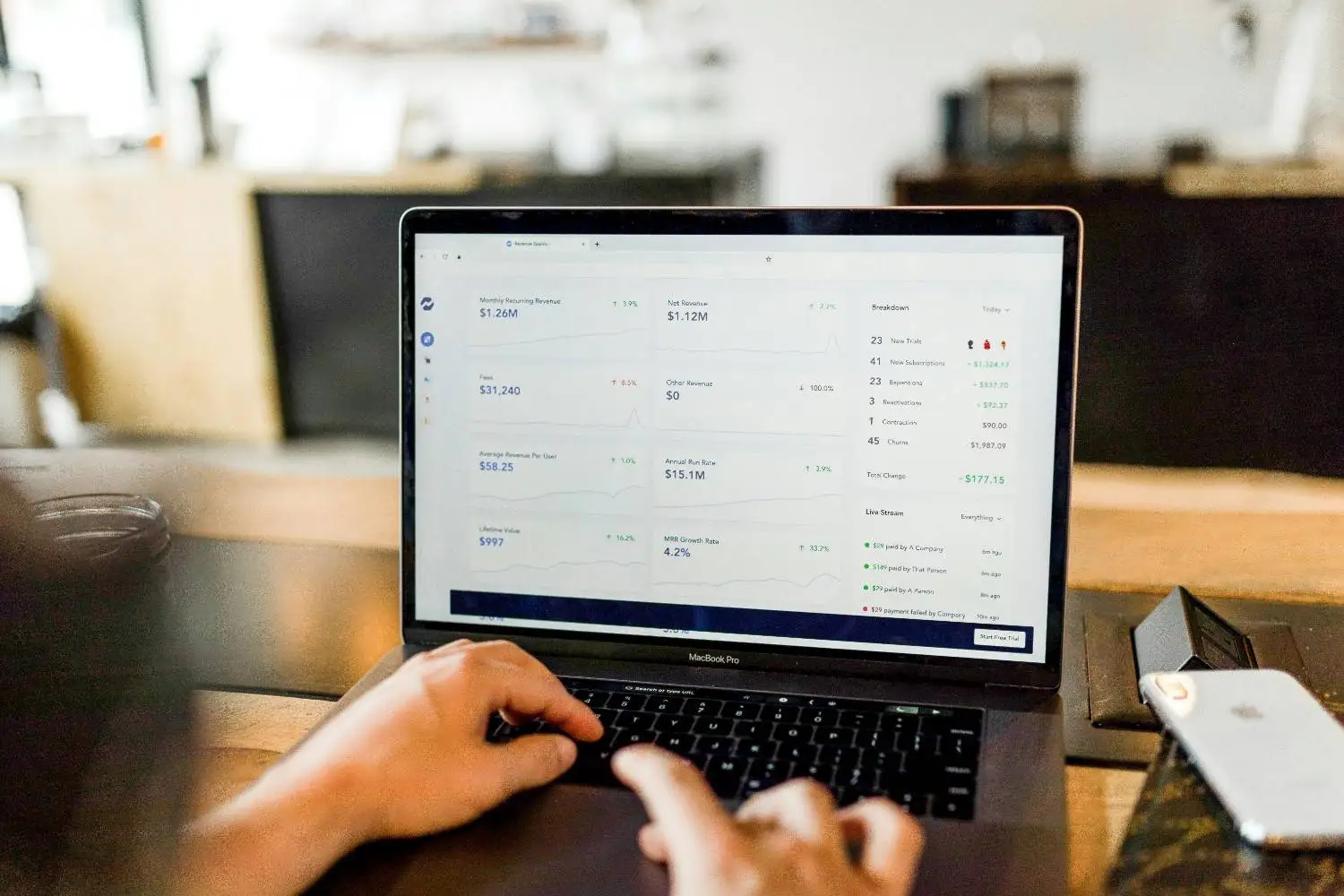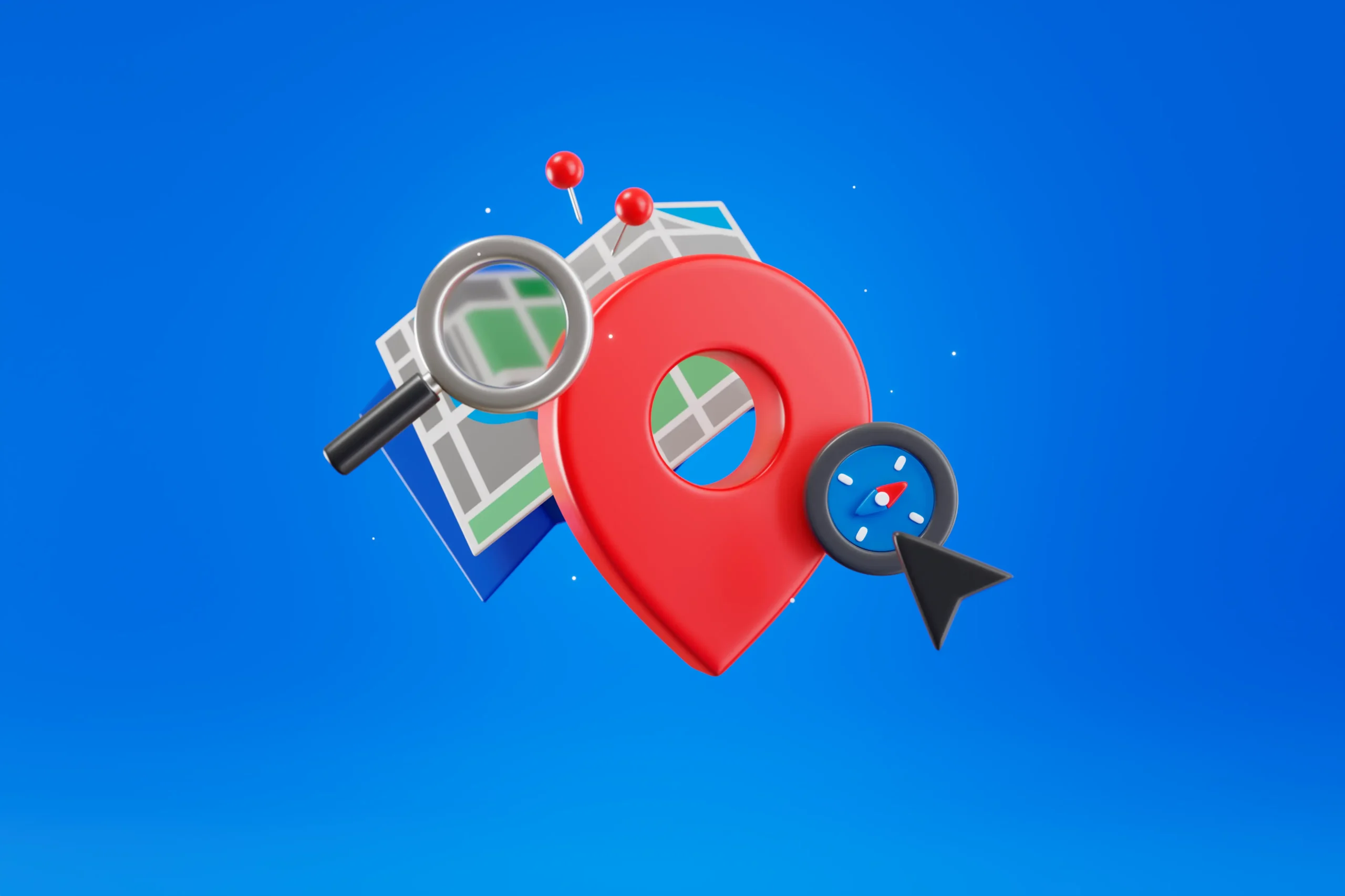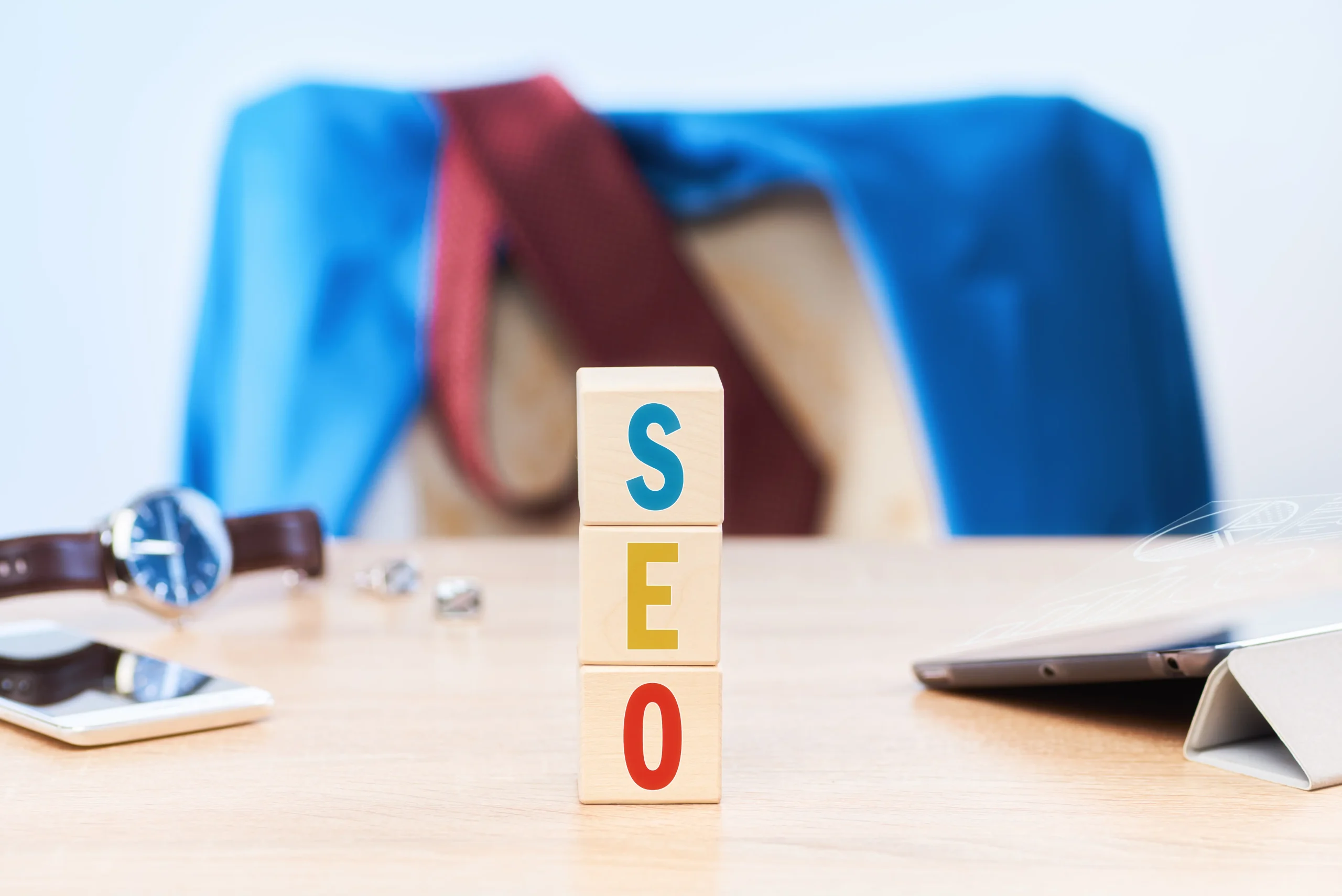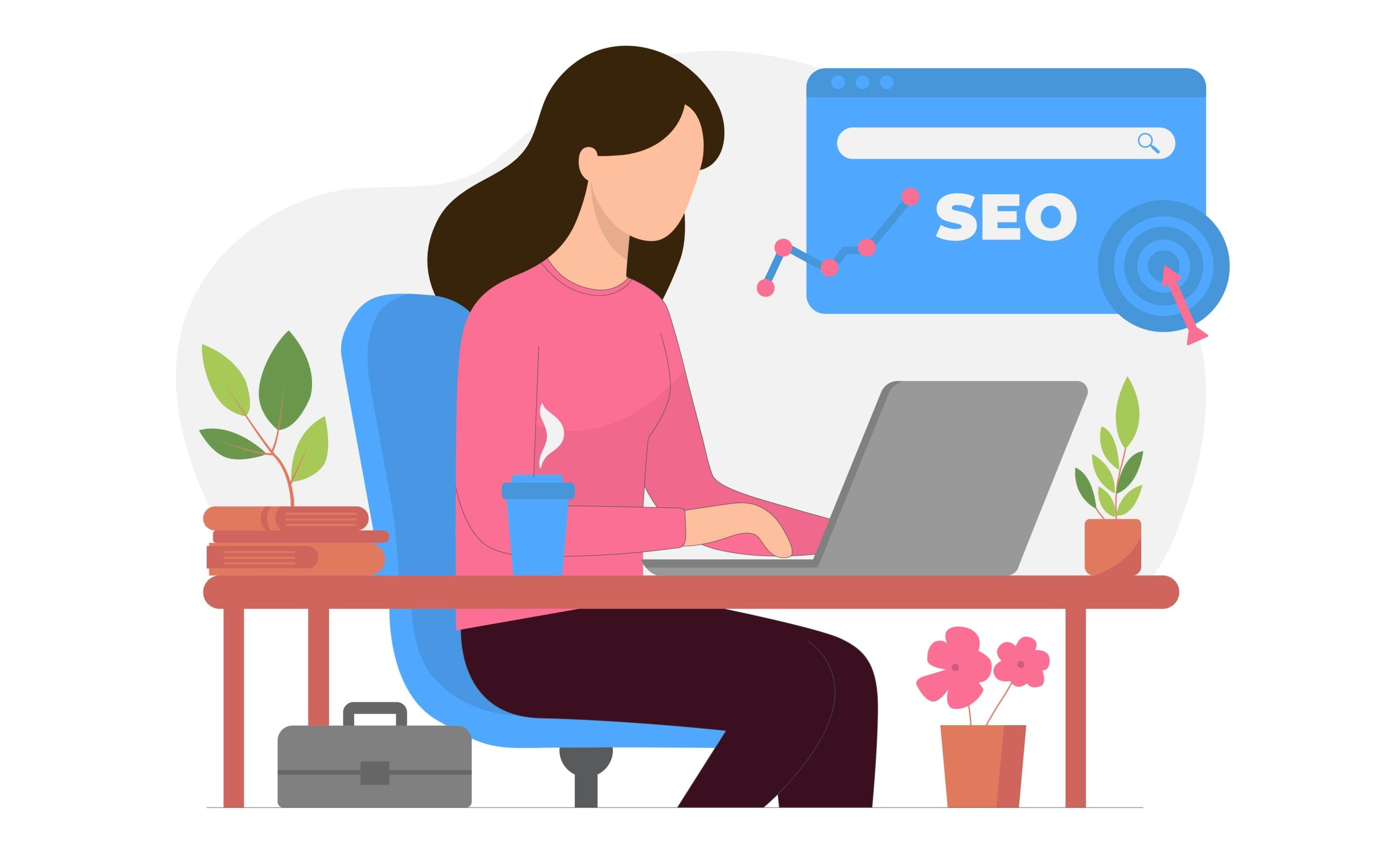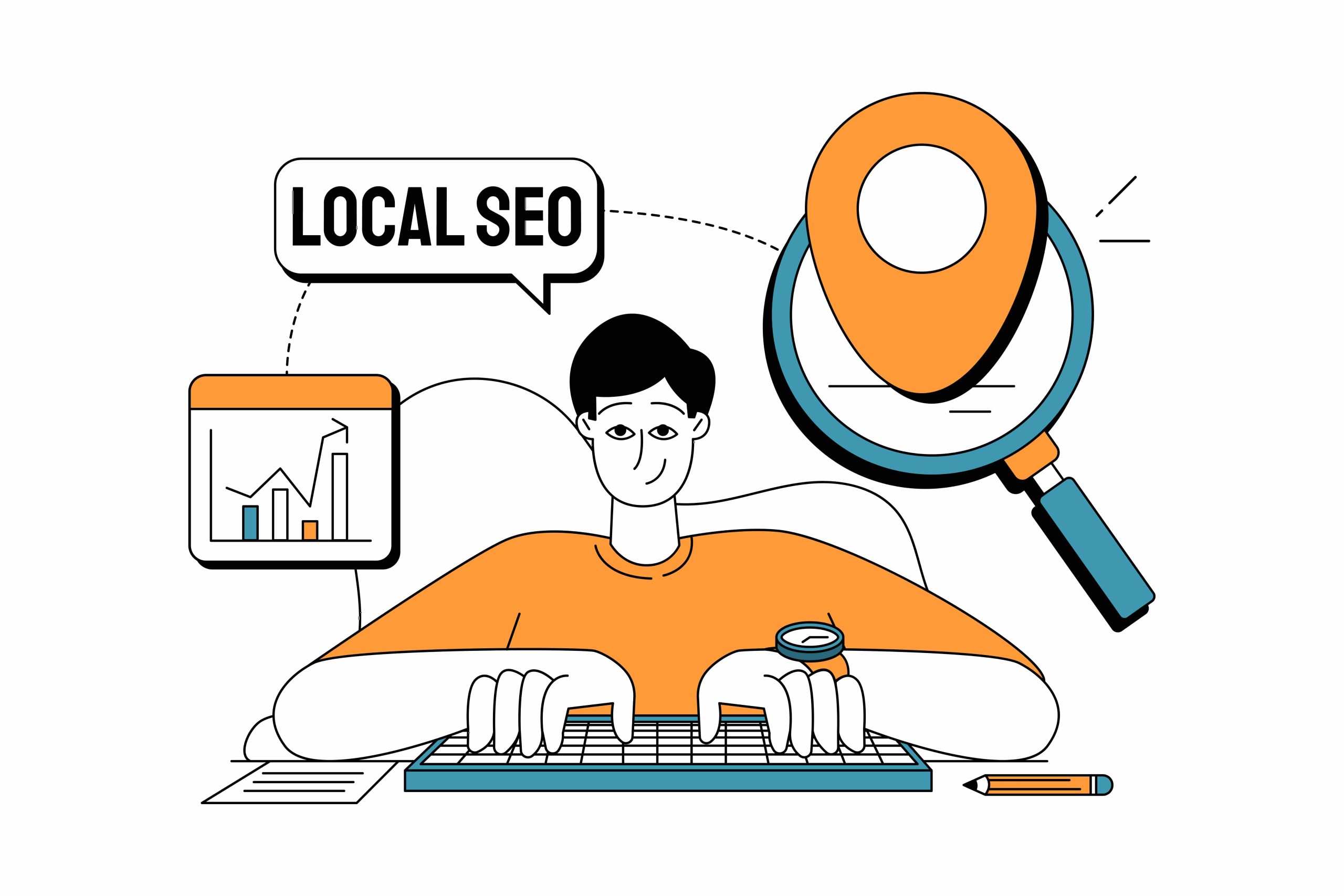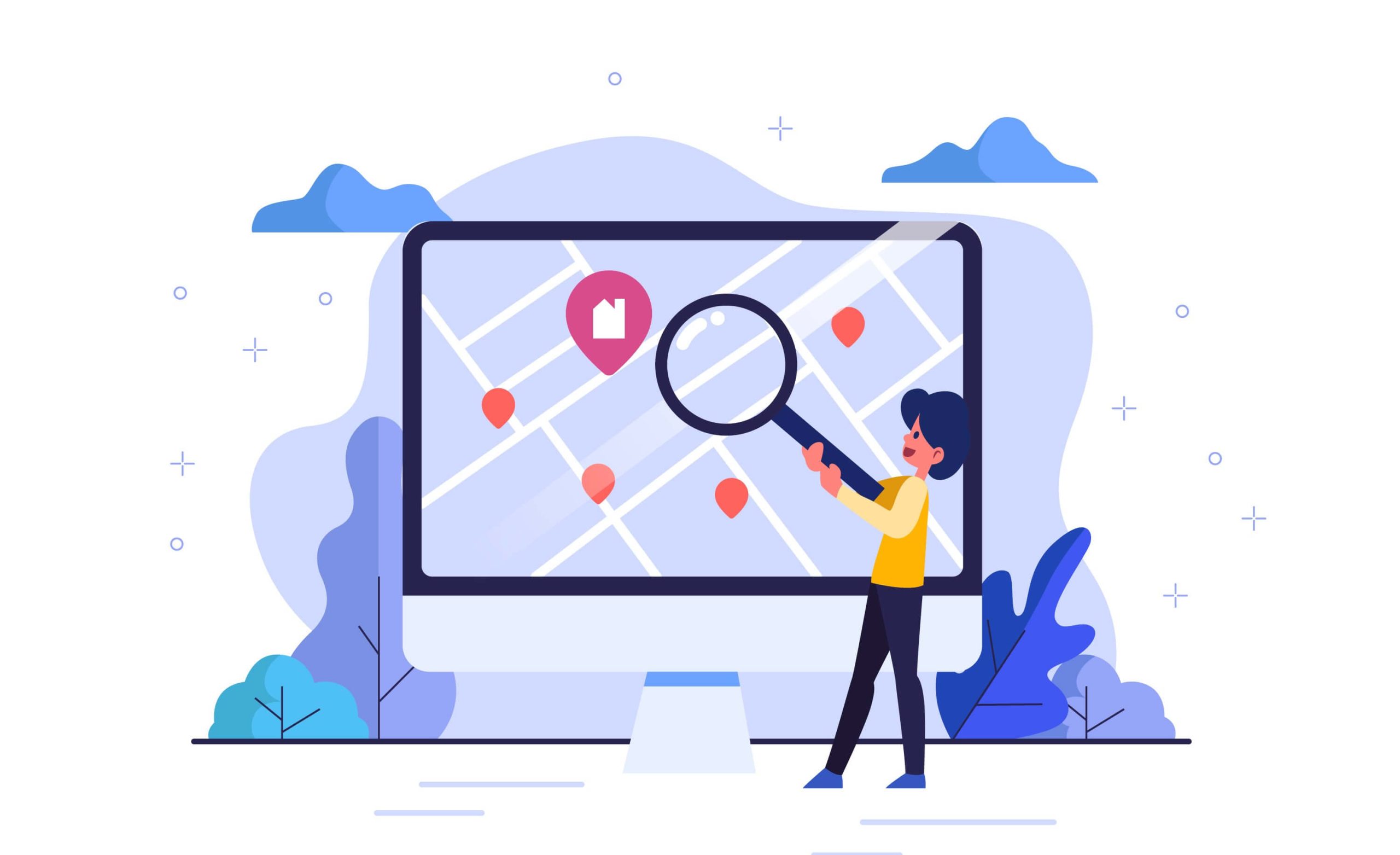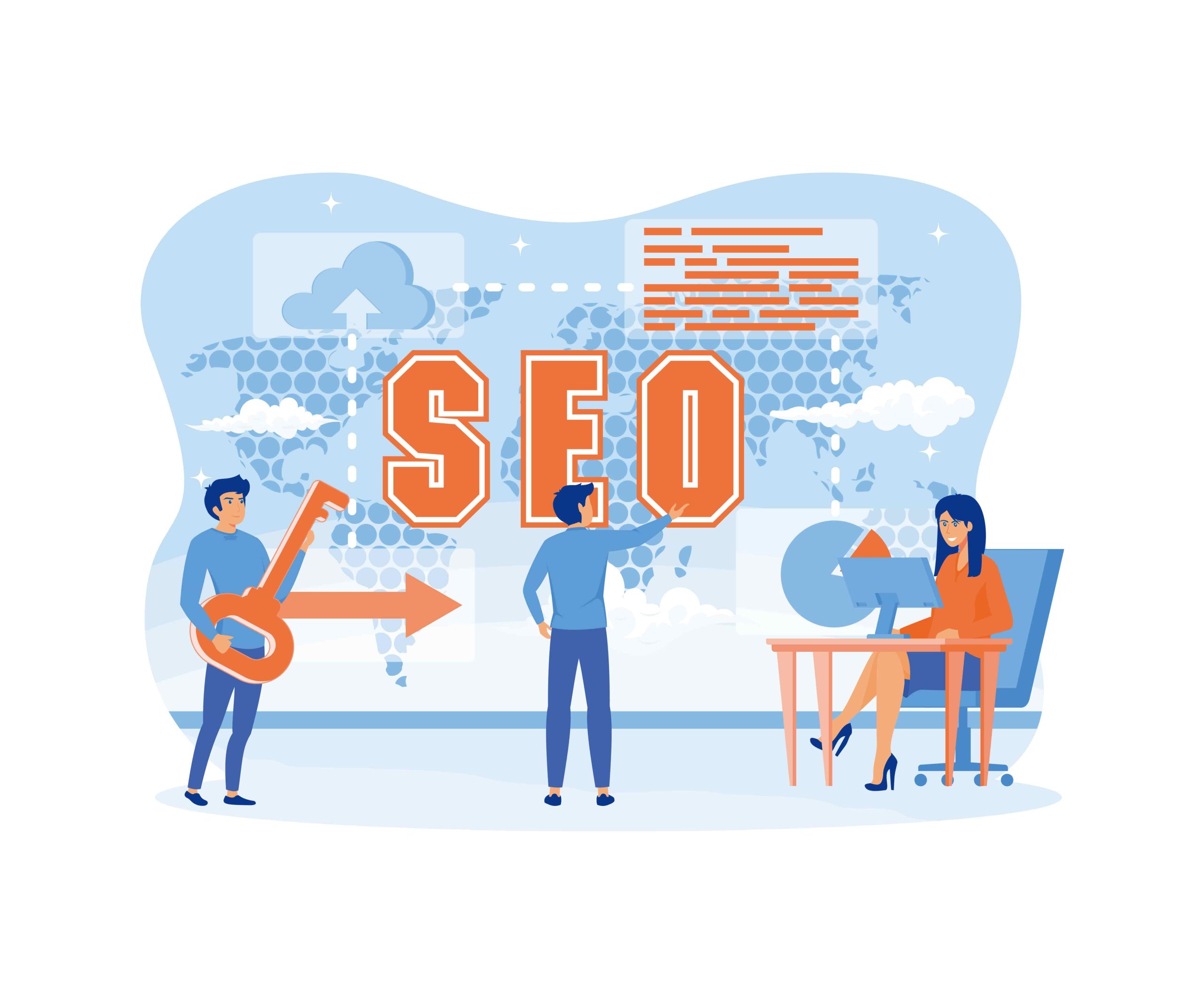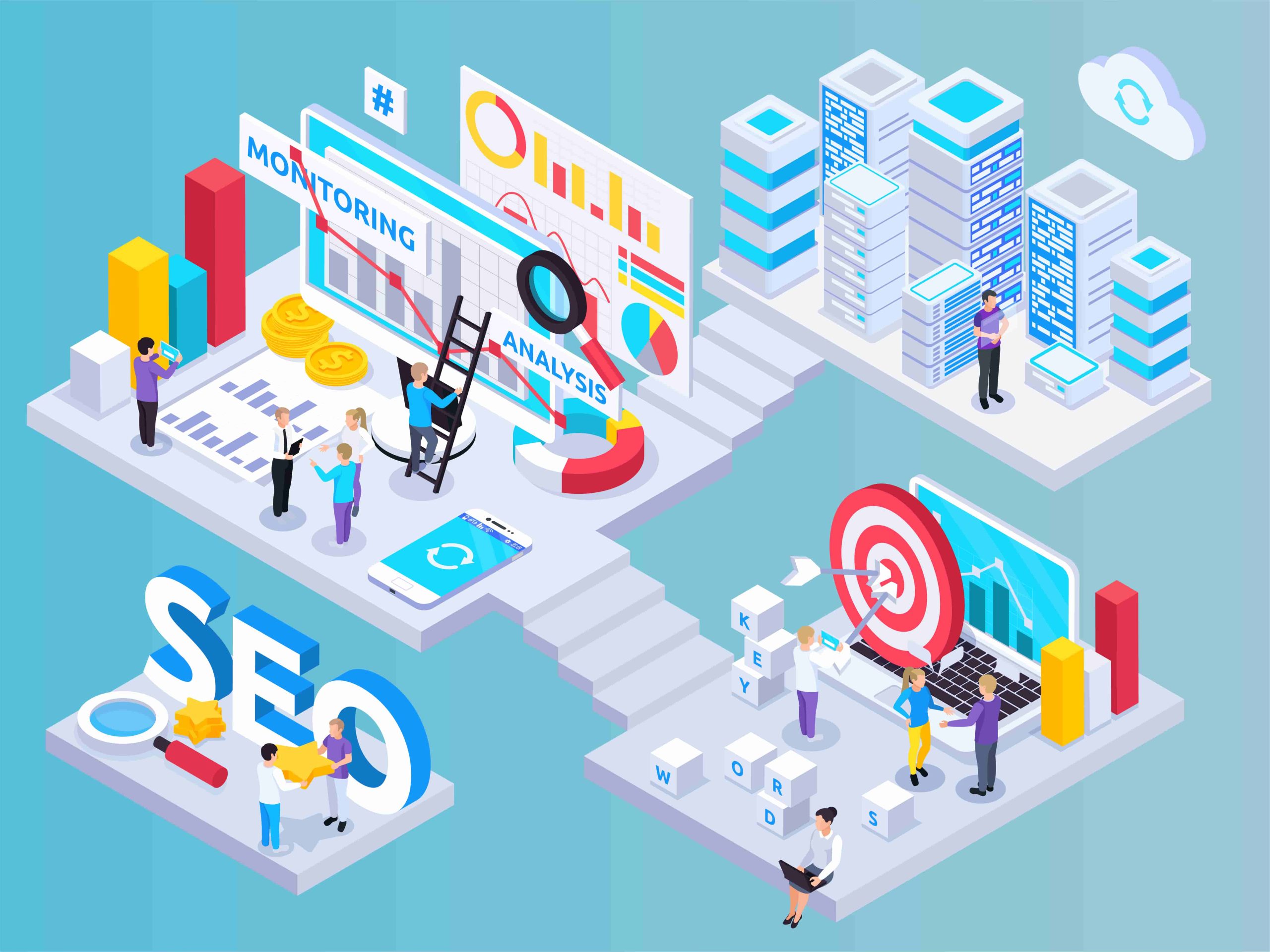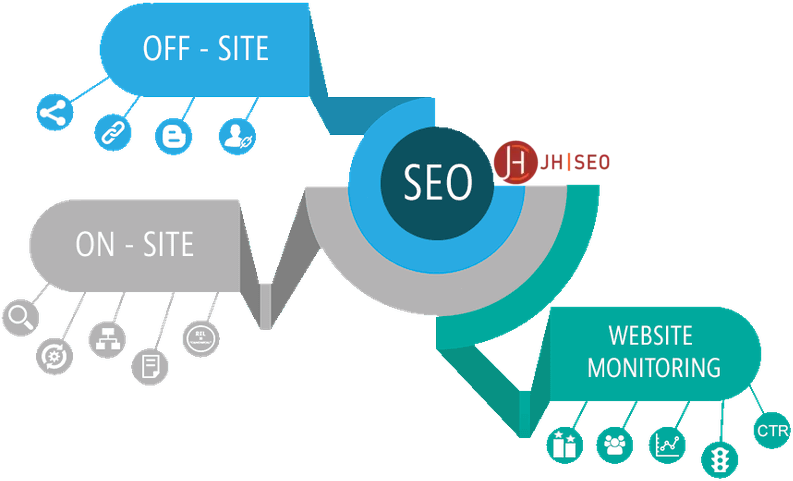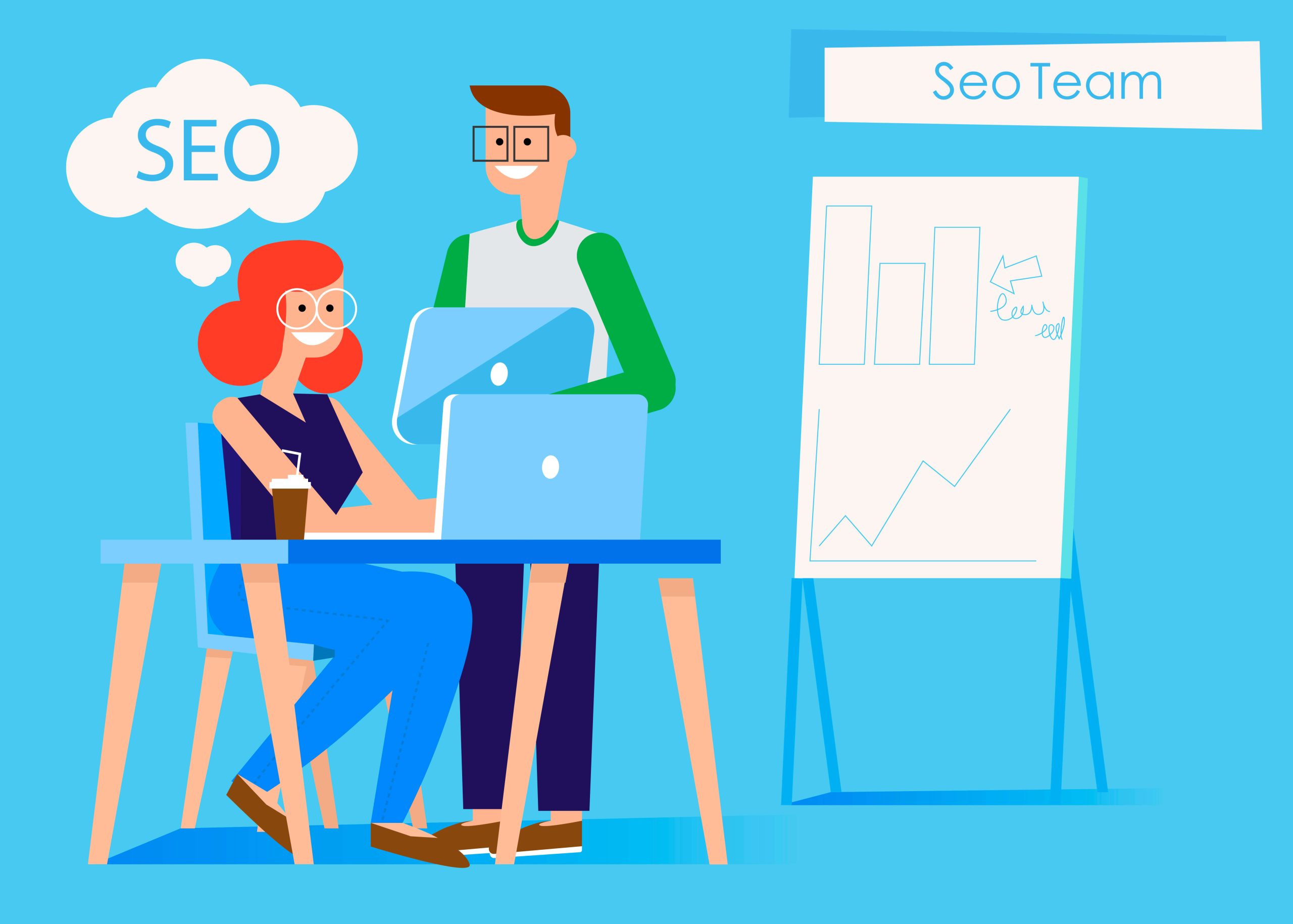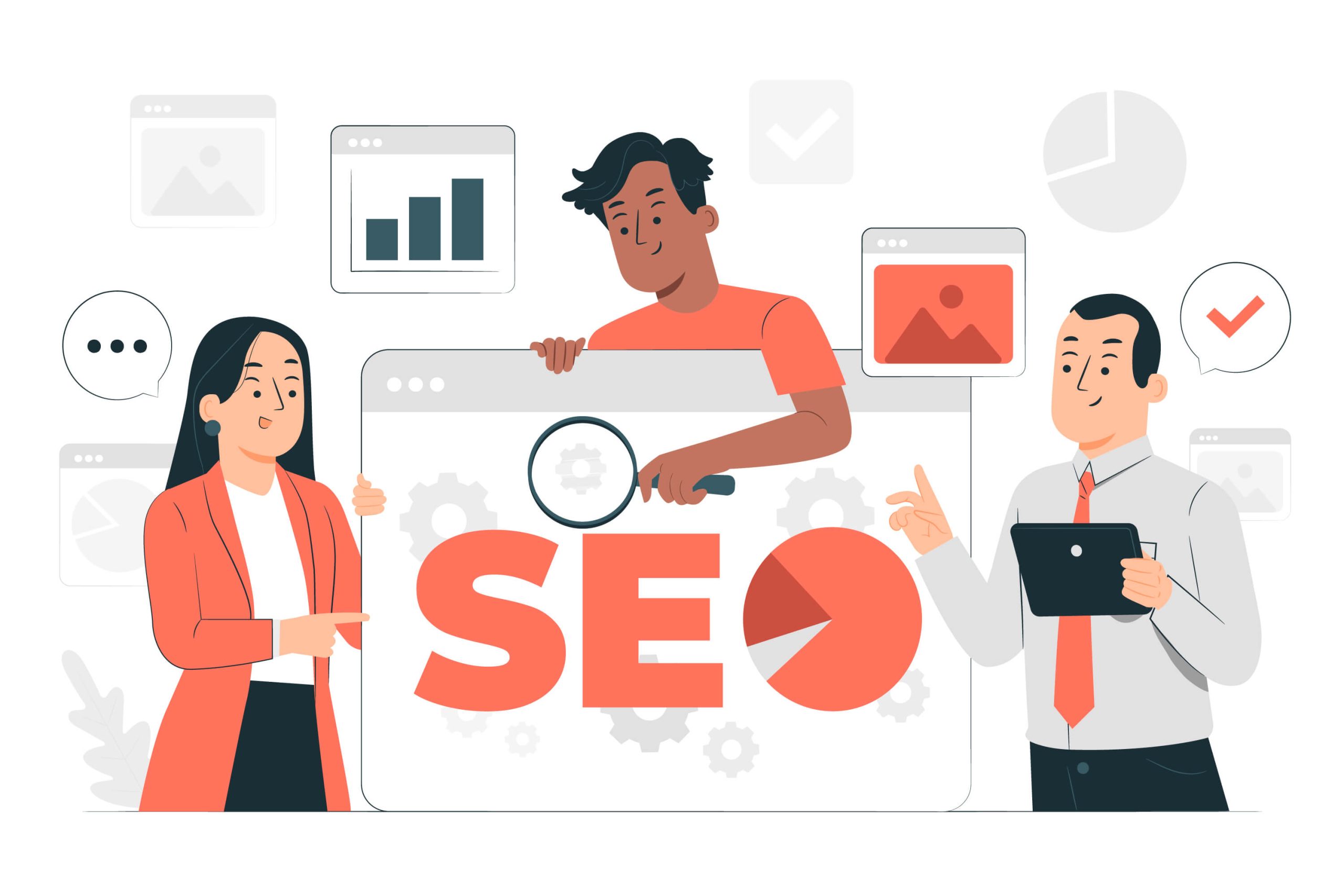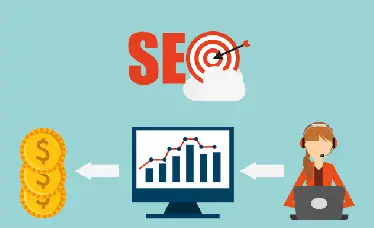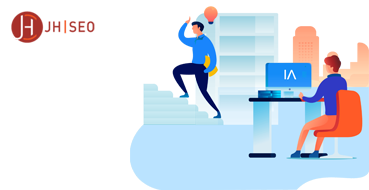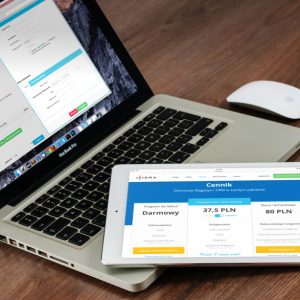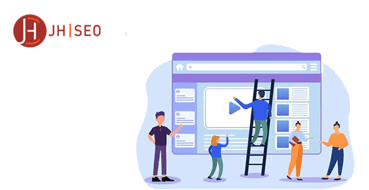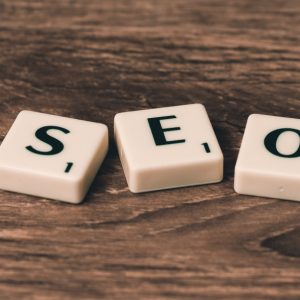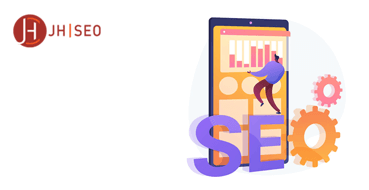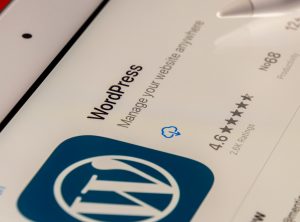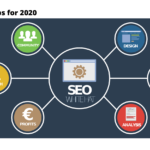In today’s digital landscape, search engine optimization (SEO) is essential for local businesses looking to attract and retain customers. With more consumers turning to Google and other search engines to find nearby services, having a strong online presence can make or break a business. However, SEO is about more than just keywords and backlinks—it also involves technical factors like site speed and performance. A slow website can frustrate users, increase bounce rates, and ultimately lead to lower rankings on search engines.
Site speed and overall performance play a crucial role in both SEO and user experience. Search engines like Google prioritize fast-loading websites because they provide a better browsing experience. When a page takes too long to load, visitors are more likely to leave before interacting with the content, reducing the chances of conversions. Studies show that even a one-second delay in load time can significantly impact engagement and sales, making site speed a key factor for online success.
The connection between site speed and search engine rankings is undeniable. Google’s algorithm considers page speed as part of its ranking criteria, especially with the introduction of Core Web Vitals—a set of performance metrics designed to measure user experience. Websites that load quickly and perform efficiently are more likely to rank higher in search results, increasing visibility and attracting more potential customers. For local businesses, optimizing site speed isn’t just about keeping up with SEO best practices—it’s about staying competitive in a fast-paced digital marketplace.
Search Engine Optimization: How Site Speed Affects SEO
Search engine optimization (SEO) is the process of improving a website’s visibility on search engines like Google, Bing, and Yahoo. It involves optimizing various elements, such as content, keywords, backlinks, and technical factors, to ensure a website ranks higher in search engine results pages (SERPs). For local businesses, effective SEO strategies help attract nearby customers searching for their services online. However, SEO is not just about content and links—technical aspects like site speed play a significant role in determining a website’s success.
Why Does Google Prioritize Fast-Loading Websites?
Google’s primary goal is to provide users with the best possible experience. A slow website frustrates visitors, leading to higher bounce rates and lower engagement. To ensure users receive fast and relevant search results, Google prioritizes websites that load quickly. Several reasons why Google values site speed include:
- User Experience – Faster websites lead to a better user experience, reducing frustration and increasing engagement.
- Bounce Rate Reduction – Slow-loading pages often cause visitors to leave before interacting with content, negatively impacting rankings.
- Mobile Optimization – With mobile searches surpassing desktop searches, Google emphasizes mobile-friendly, fast-loading pages.
- Core Web Vitals – Google’s ranking algorithm considers metrics like Largest Contentful Paint (LCP), First Input Delay (FID), and Cumulative Layout Shift (CLS), which all relate to site speed and performance.
How Site Speed Influences Crawlability, Indexing, and Ranking
Search engines use web crawlers (bots) to scan and index website content. A slow-loading site can hinder this process, making it harder for search engines to discover and index important pages. Here’s how site speed affects different aspects of SEO:
- Crawlability – Search engine bots have a limited time (crawl budget) to scan a website. If a site loads slowly, fewer pages may be crawled, affecting indexation.
- Indexing – Pages that take too long to load may not be indexed properly, meaning they won’t appear in search results.
- Ranking – Google directly considers page speed as a ranking factor. Websites that load faster are more likely to appear higher in search results, leading to increased traffic and visibility.
By improving site speed, local businesses can enhance their SEO efforts, ensuring better rankings, increased traffic, and a more positive user experience. Optimizing images, enabling browser caching, and using a reliable hosting provider are just a few steps businesses can take to improve their website’s performance and overall SEO success.
Search Engine Rankings: Can Slow Site Speed Lower Your Ranking?
Site speed plays a crucial role in search engine rankings, directly influencing how well a website performs in Google’s search results. A slow-loading website can frustrate users, leading to high bounce rates and lower engagement—signals that Google considers when determining rankings. To ensure that users get the best possible experience, Google evaluates site speed using multiple metrics, including Core Web Vitals. Websites that fail to meet these performance benchmarks may struggle to rank competitively, especially in highly competitive local markets.
How Does Google Measure Site Speed for Ranking Purposes?
Google assesses site speed using a combination of real-world user data and lab-based performance tests. The key factors Google considers include:
- Page Load Time – The total time it takes for a webpage to fully load.
- Time to First Byte (TTFB) – The time it takes for a browser to receive the first byte of information from the server.
- First Contentful Paint (FCP) – The time it takes for the first visible element of a page to appear.
- Interactivity and Responsiveness – How quickly users can interact with the page without delays.
Google gathers this data from tools like Google PageSpeed Insights, Lighthouse, and Chrome User Experience Report (CrUX) to determine how a site performs for real users. If a website consistently loads slowly compared to competitors, it may be ranked lower, reducing its visibility in search results.
The Impact of Core Web Vitals on SEO Rankings
Core Web Vitals are a set of performance metrics introduced by Google to measure user experience on a webpage. These vitals focus on three key areas:
- Largest Contentful Paint (LCP) – Measures loading performance. A site should load its main content within 2.5 seconds for a good user experience.
- First Input Delay (FID) – Measures interactivity. Pages should respond to user actions within 100 milliseconds to be considered responsive.
- Cumulative Layout Shift (CLS) – Measures visual stability. A page should maintain a CLS score of 0.1 or lower to avoid disruptive shifts in content.
If a website fails to meet these Core Web Vitals benchmarks, it can negatively impact rankings. Google has explicitly stated that page experience, including speed and responsiveness, is a ranking factor. This means that businesses with slow-loading websites risk losing traffic to competitors with better-optimized pages.
For local businesses, ensuring fast site speed isn’t just a technical necessity—it’s a competitive advantage. By optimizing images, enabling caching, reducing server response time, and using a content delivery network (CDN), businesses can improve their Core Web Vitals scores and secure better rankings in search results.
Search Engines: How Do They Evaluate Site Performance?
Search engines like Google, Bing, and Yahoo prioritize website performance as a key factor in ranking websites. A fast, well-optimized site improves user experience, making it more likely that visitors will stay and engage with the content. Search engines use various performance metrics to assess how well a website functions, ensuring that the most efficient and user-friendly pages appear higher in search results. When a site is slow, it can negatively impact visibility, leading to lower rankings and reduced traffic.
What Metrics Do Search Engines Use to Assess Site Performance?
Search engines rely on specific performance metrics to determine how well a website functions. These include:
- Page Load Speed – The total time it takes for a webpage to fully load.
- Time to First Byte (TTFB) – How quickly the server responds to a browser request.
- First Contentful Paint (FCP) – The time it takes for the first visible element to appear.
- Largest Contentful Paint (LCP) – How long it takes for the largest piece of content (e.g., an image or heading) to load.
- First Input Delay (FID) – Measures interactivity; how fast a site responds to user actions like clicks.
- Cumulative Layout Shift (CLS) – Assesses visual stability by checking if elements move unexpectedly while loading.
Google uses these metrics, primarily through Core Web Vitals, to evaluate website performance. Websites that meet these benchmarks are more likely to rank higher, as they provide a smoother experience for users.
How Do Search Engines Handle Slow-Loading Pages?
When a webpage loads slowly, search engines may penalize it in rankings due to poor user experience. Here’s how slow-loading pages can be affected:
- Reduced Crawl Efficiency – Search engines have a limited “crawl budget” for each site. If pages load too slowly, Googlebot may not index all content.
- Lower User Engagement – Slow sites often experience higher bounce rates, which signals to search engines that users are not finding the content valuable.
- Ranking Demotions – Google explicitly uses speed as a ranking factor, meaning slower sites are less likely to appear on the first page of search results.
To avoid these issues, website owners should prioritize optimizing their site’s speed by compressing images, reducing server response time, and using a content delivery network (CDN) to serve content faster.
The Role of Mobile-Friendliness and Speed in Search Engine Algorithms
With mobile-first indexing, Google now prioritizes the mobile version of a website when determining rankings. Since most searches are conducted on mobile devices, site speed, and mobile responsiveness have become critical ranking factors. A site that is slow or difficult to navigate on a smartphone may see a significant drop in rankings.
To ensure a mobile-friendly experience, search engines look at:
- Responsive Design – Whether the site adjusts properly to different screen sizes.
- Mobile Page Speed – How quickly the site loads on mobile devices.
- Tap-Friendly Elements – Buttons and links that are easy to click without zooming in.
- Minimized Pop-Ups – Intrusive interstitials that block content can negatively impact rankings.
Businesses that optimize for both desktop and mobile performance stand a better chance of ranking higher in search results. By improving speed, reducing unnecessary code, and using mobile-friendly design, businesses can ensure their website meets search engine expectations and provides a seamless experience for users.
Local SEO: Why Site Speed Matters for Local Businesses
How to Optimize for Voice Search in 2025
For local businesses, ranking high in search results is essential for attracting nearby customers. Local SEO helps businesses appear in searches like “best coffee shop near me” or “plumber in [city name].” However, having a well-optimized Google Business Profile and relevant keywords isn’t enough—site speed plays a major role in local search rankings. A slow website can harm visibility, reduce customer engagement, and lead to lost revenue. Ensuring fast load times is not just a technical improvement; it’s a competitive advantage for local businesses aiming to capture more customers.
How Does Site Speed Affect Local Search Rankings?
Google uses site speed as a ranking factor, meaning faster websites are more likely to rank higher in local search results. A slow website can negatively impact a business’s position in Google’s Local Pack (the top three results displayed on Google Maps). Here’s why site speed is crucial for local SEO:
- Improved User Experience – Faster websites keep visitors engaged, reducing bounce rates and increasing dwell time.
- Higher Mobile Rankings – Since many local searches happen on mobile devices, Google favors websites that load quickly on smartphones.
- Better Conversion Rates – A fast-loading site encourages users to take action, such as booking an appointment or making a purchase.
- Increased Visibility in Google’s Local Pack – Businesses with optimized sites have a higher chance of appearing in the top local search results.
Why Do Slow-Loading Sites Lose Local Customers?
Local customers searching for products or services expect quick results. A website that takes too long to load can drive potential customers away and towards competitors. Research shows that:
- 40% of users abandon a site that takes more than 3 seconds to load.
- A 1-second delay in page load time can reduce conversions by 7%.
- Slow sites create frustration, leading to negative customer perception and lower trust.
For example, if a user searches for a nearby restaurant and the site takes too long to load, they are more likely to click on a competitor’s listing instead. This not only results in a lost customer but also signals to Google that the site may not be providing a great user experience, further hurting rankings.
Best Practices to Improve Website Performance for Local SEO Success
To ensure a website is optimized for both speed and local search visibility, businesses should follow these best practices:
- Optimize Images – Compress and resize images to reduce load times without sacrificing quality.
- Use a Content Delivery Network (CDN) – CDNs distribute website data across multiple servers, improving speed for users in different locations.
- Enable Browser Caching – Allows returning visitors to load pages faster by storing static resources locally.
- Minimize HTTP Requests – Reduce unnecessary scripts, fonts, and plugins that slow down the website.
- Improve Server Response Time – Choose a reliable hosting provider with fast response times.
- Implement Accelerated Mobile Pages (AMP) – AMP helps pages load instantly on mobile devices, enhancing mobile SEO.
- Reduce Redirects – Too many redirects increase load time and negatively impact user experience.
By prioritizing site speed, local businesses can improve their SEO rankings, user engagement, and conversion rates, leading to higher revenue and sustained growth in their community. Optimizing for speed isn’t just a technical fix—it’s a crucial part of a successful local SEO strategy.
Site speed is essential for local businesses, impacting search rankings, user experience, and customer retention. Google prioritizes fast websites, meaning slow-loading pages risk lower visibility and lost customers. To improve performance, businesses should optimize images, enable caching, minimize redirects, and use a content delivery network (CDN). Mobile-friendliness and compliance with Core Web Vitals are also crucial for ranking success. Regular audits using tools like Google PageSpeed Insights can help identify and fix speed issues. By prioritizing site speed, businesses can enhance their SEO, attract more customers, and stay competitive in their local market.


